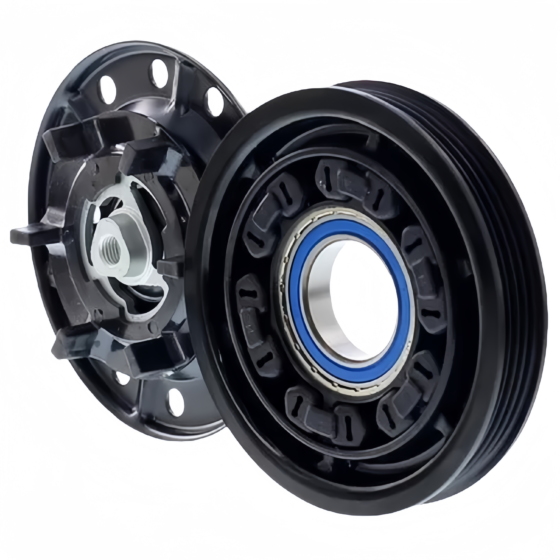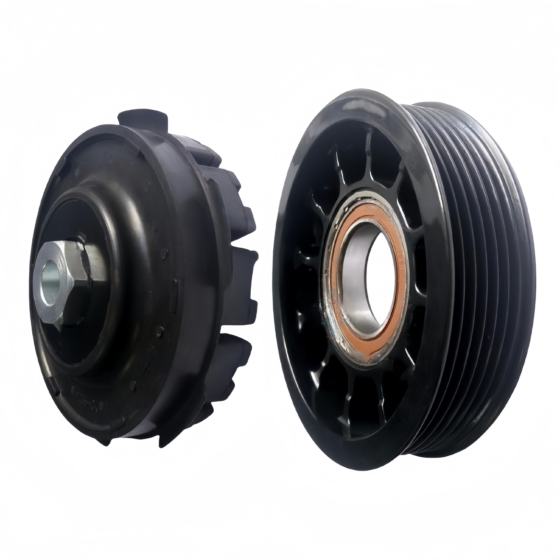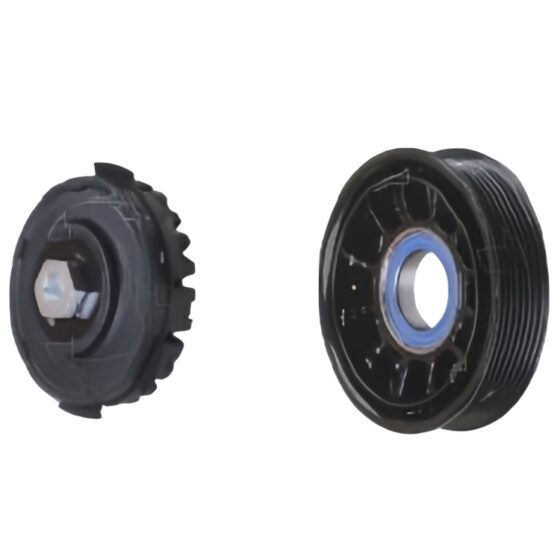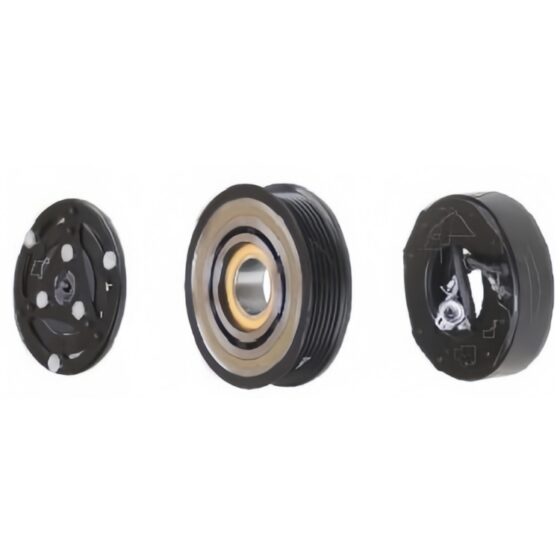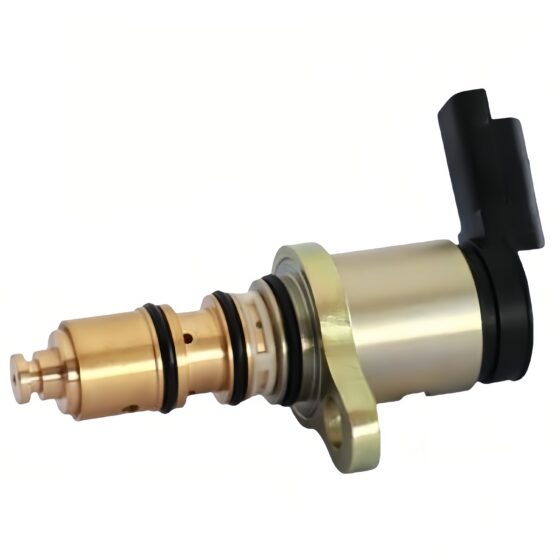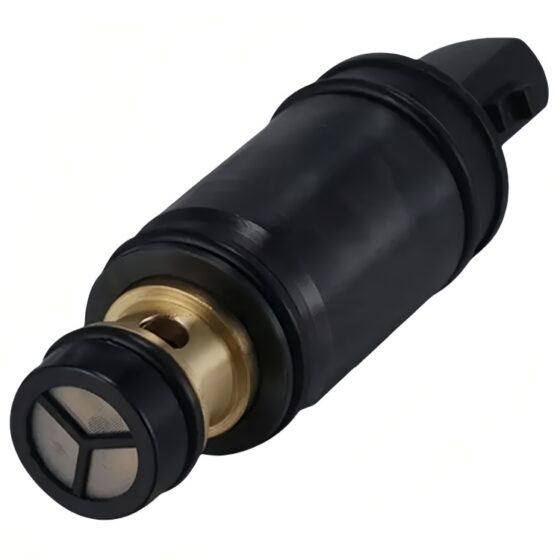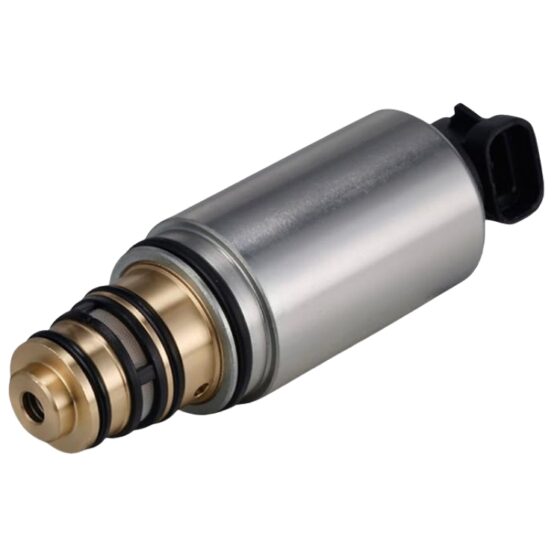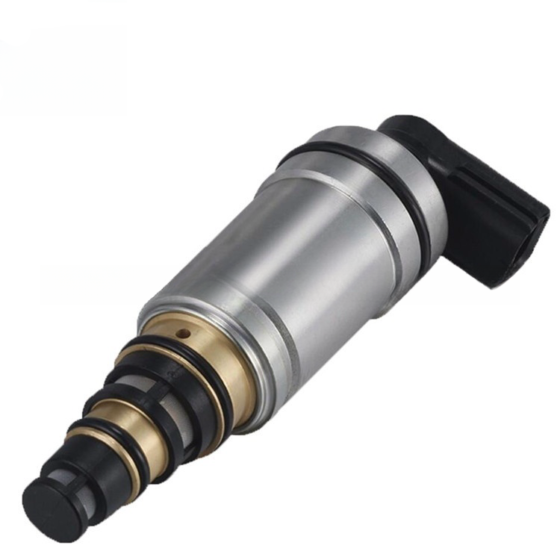In the realm of automotive climate control, the air conditioning compressor clutch is a crucial component that significantly influences the system’s performance and efficiency. This introduction aims to provide a comprehensive overview of the automotive air conditioning compressor clutch, covering its design, functionality, benefits, applications, maintenance, and future prospects.The air conditioning compressor clutch is an electromagnetic device responsible for engaging and disengaging the compressor from the engine’s power source. When the air conditioning system is activated, the clutch allows the compressor to operate, circulating refrigerant throughout the system. Conversely, when the system is turned off or reaches the desired temperature, the clutch disengages, preventing unnecessary energy consumption.

1.1 Key Components
The air conditioning compressor clutch comprises several vital components:
- Clutch Coil:
- An electromagnetic coil that generates a magnetic field when current is applied, causing the clutch to engage.
- Pulley:
- The component that connects to the engine’s crankshaft, providing the necessary power to drive the compressor.
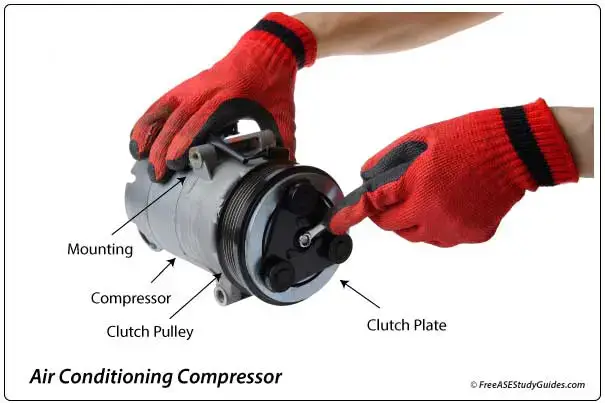
- Friction Disc:A disc that allows for the transfer of power from the pulley to the compressor when engaged.
- Bearing: Ensures smooth operation of the pulley and reduces friction.
- Spring Mechanism: Helps disengage the clutch when the electrical signal is cut off.
2. Working Principle
The operation of the air conditioning compressor clutch follows a straightforward principle:
- Activation: When the driver activates the air conditioning system, an electrical signal is sent to the clutch coil.
- Magnetization: The coil becomes magnetized, creating a magnetic field that attracts the clutch plate to the pulley.
- Engagement: As the clutch plate engages with the pulley, it allows the compressor to draw power from the engine, enabling the circulation of refrigerant.
- Disengagement: When the air conditioning system is turned off or the desired temperature is achieved, the electrical signal is cut off, causing the clutch to disengage and stop the compressor’s operation.
3. Benefits of the Air Conditioning Compressor Clutch
3.1 Improved Efficiency
The air conditioning compressor clutch enhances the overall efficiency of the air conditioning system. By allowing the compressor to operate only when needed, it reduces the load on the engine, which can lead to better fuel economy.
3.2 Enhanced Comfort
The ability of the air conditioning compressor clutch to engage and disengage allows for precise temperature control within the vehicle. By maintaining optimal refrigerant flow only when necessary, the system can quickly adjust to the desired cabin temperature, providing a comfortable environment for passengers.
3.3 Reduced Wear and Tear
By controlling the operation of the compressor, the clutch minimizes unnecessary wear on both the compressor and the engine. This is particularly important in vehicles that undergo frequent stop-and-go driving, as the clutch minimizes the operational time of the compressor, extending its lifespan and reducing maintenance costs.
3.4 Noise Reduction
The engagement and disengagement of the compressor via the clutch also contribute to noise reduction. When the clutch is disengaged, the compressor is silent, leading to a quieter cabin environment, especially when the air conditioning is not in use.
 Suzhou Roger Auto Parts Co., Ltd.
Suzhou Roger Auto Parts Co., Ltd.
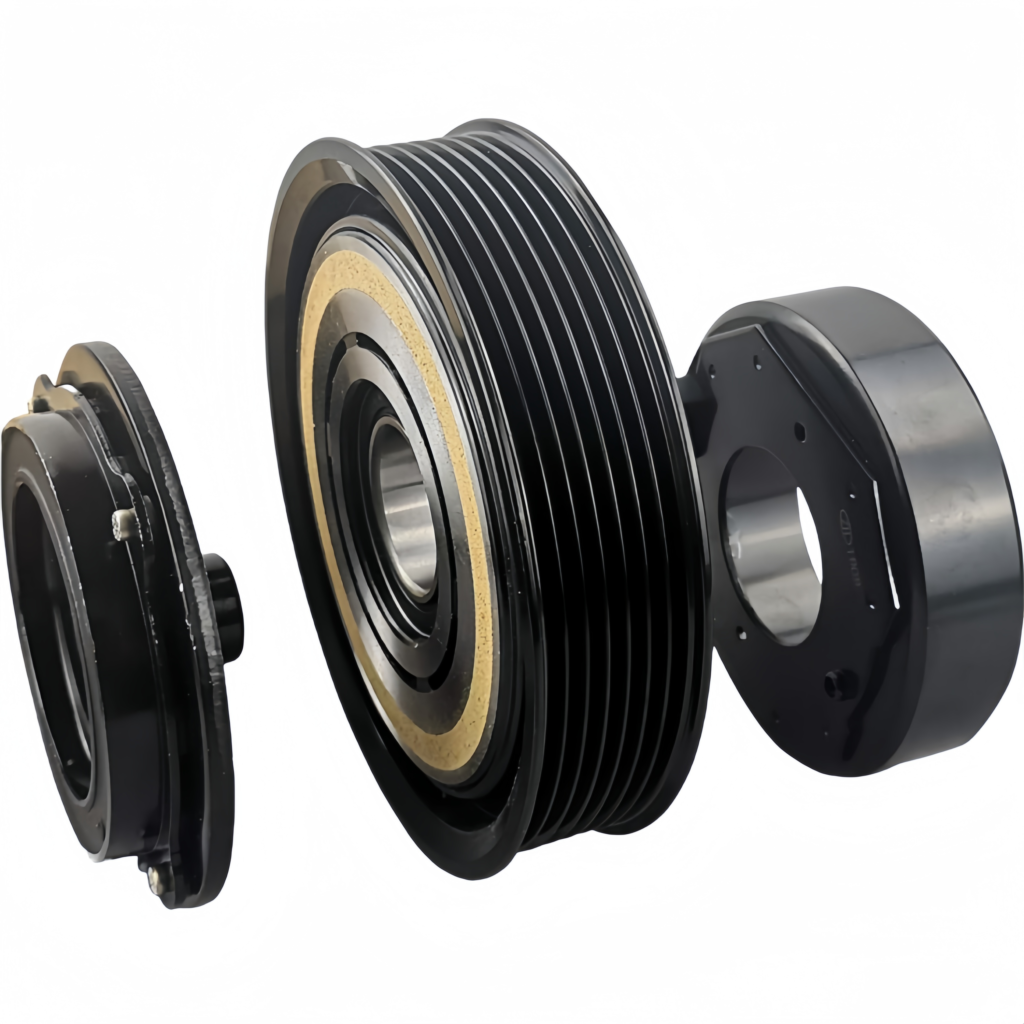
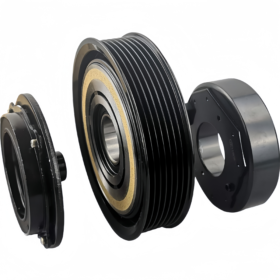
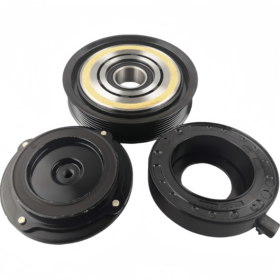
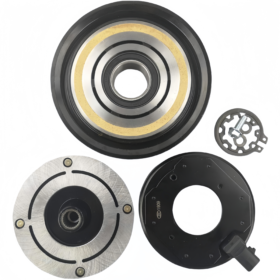
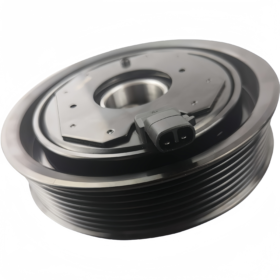
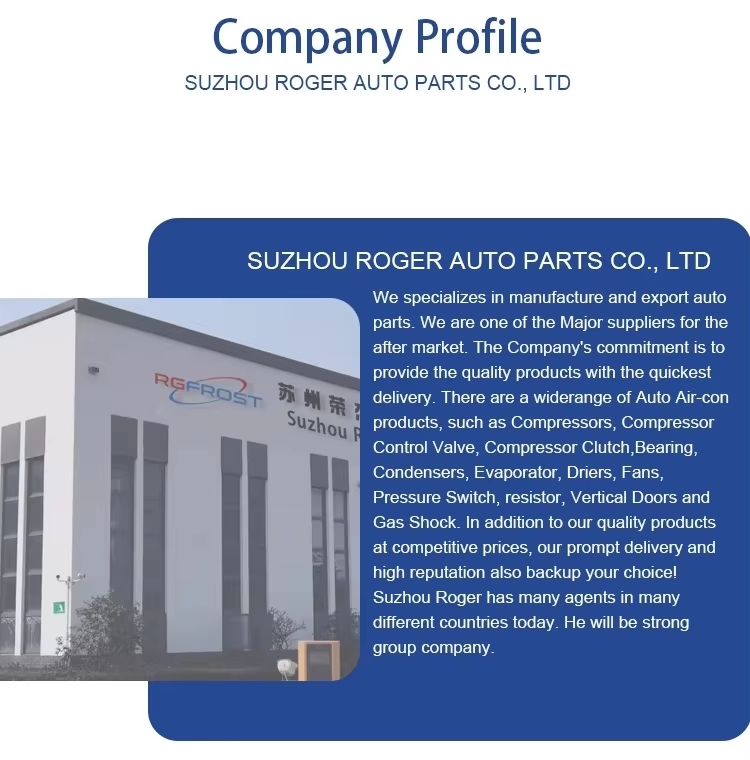
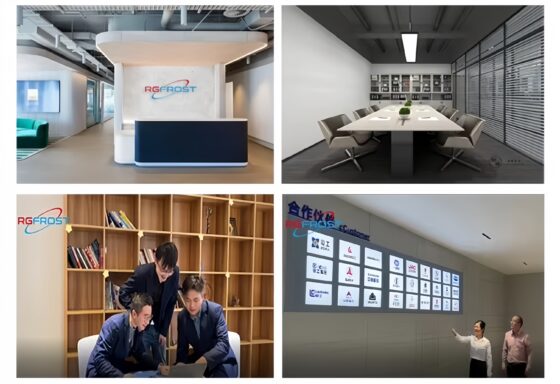
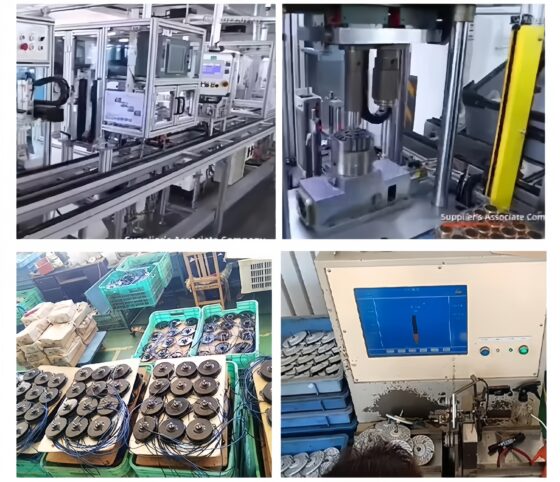 Our company has many years of industry experience, with innovation and excellent service quality as our core competitiveness, committed to providing customers with the highest quality products and services. As a leader in the industry, we always adhere to customer demand orientation, and through continuous technological research and development and process improvement, our products have outstanding competitive advantages in the market.
Our company has many years of industry experience, with innovation and excellent service quality as our core competitiveness, committed to providing customers with the highest quality products and services. As a leader in the industry, we always adhere to customer demand orientation, and through continuous technological research and development and process improvement, our products have outstanding competitive advantages in the market.
